Regulatory Pressures
The Proactive Security Market is also influenced by stringent regulatory requirements that mandate organizations to adopt proactive security measures. Regulations such as the General Data Protection Regulation (GDPR) and the California Consumer Privacy Act (CCPA) impose significant penalties for non-compliance, prompting businesses to enhance their security frameworks. As organizations strive to meet these regulatory demands, the market for proactive security solutions is expected to expand. Companies are increasingly investing in compliance-driven security technologies, which not only help in adhering to regulations but also bolster their overall security posture.
Rising Cyber Threats
The Proactive Security Market is experiencing a surge in demand due to the increasing frequency and sophistication of cyber threats. Organizations are recognizing the necessity of implementing proactive security measures to safeguard sensitive data and maintain operational integrity. According to recent statistics, cybercrime is projected to cost businesses over 10 trillion dollars annually by 2025. This alarming trend compels companies to invest in advanced security solutions that can preemptively identify and mitigate potential threats. As a result, the Proactive Security Market is likely to witness substantial growth as businesses prioritize cybersecurity investments to protect their assets and reputation.
Shift Towards Remote Work
The shift towards remote work has transformed the landscape of the Proactive Security Market. As organizations adapt to flexible work arrangements, the attack surface for cyber threats has expanded, necessitating enhanced security measures. Remote work environments often lack the robust security controls present in traditional office settings, making proactive security solutions essential. The market for remote security solutions is projected to grow significantly, with estimates suggesting an increase of over 20% in demand for remote security technologies by 2026. This shift underscores the need for organizations to implement proactive security strategies that can effectively protect remote workers and sensitive data.
Technological Advancements
Technological innovations are significantly shaping the Proactive Security Market. The advent of advanced technologies such as artificial intelligence, machine learning, and big data analytics is enabling organizations to enhance their security posture. These technologies facilitate real-time threat detection and response, allowing businesses to proactively address vulnerabilities before they can be exploited. The market for AI-driven security solutions is expected to reach approximately 38 billion dollars by 2026, indicating a robust growth trajectory. Consequently, the integration of these technologies into security frameworks is becoming increasingly essential for organizations aiming to stay ahead of potential threats.
Increased Awareness of Security Risks
There is a growing awareness among organizations regarding the importance of proactive security measures, which is driving the Proactive Security Market. As businesses face heightened scrutiny from stakeholders and customers, the need for robust security frameworks has become paramount. This awareness is reflected in the increasing allocation of budgets towards security initiatives, with many organizations planning to increase their security spending by an average of 15% in the coming years. This trend underscores the recognition that proactive security is not merely a technical requirement but a strategic imperative for sustaining business operations and trust.
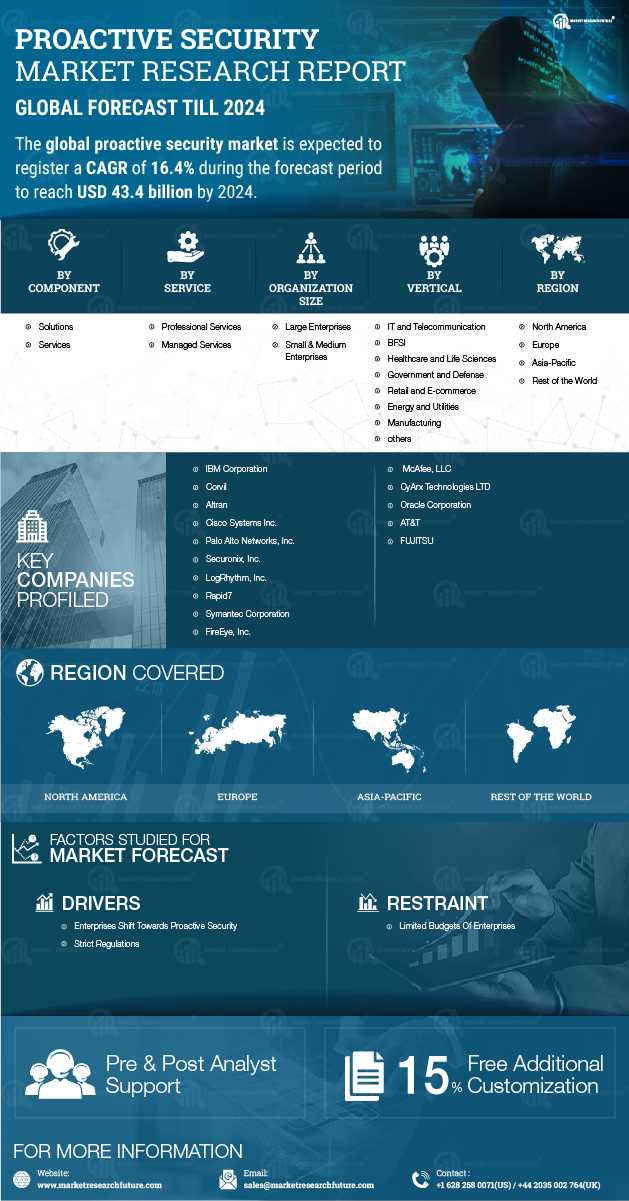

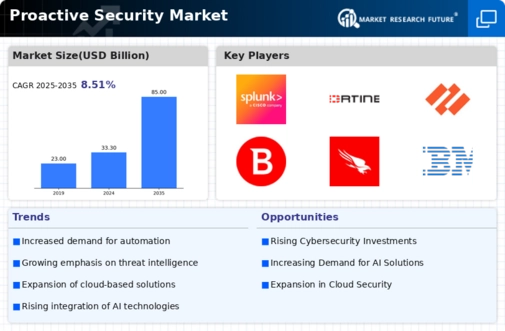
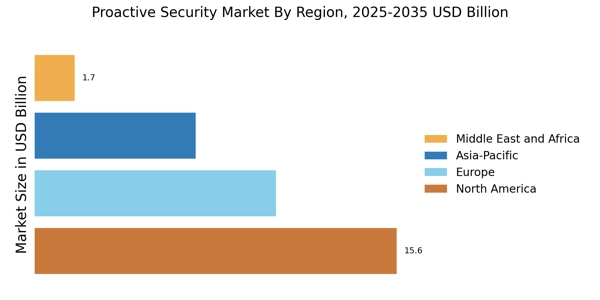
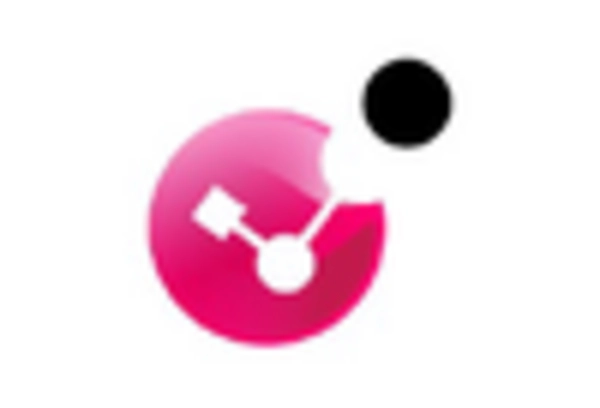

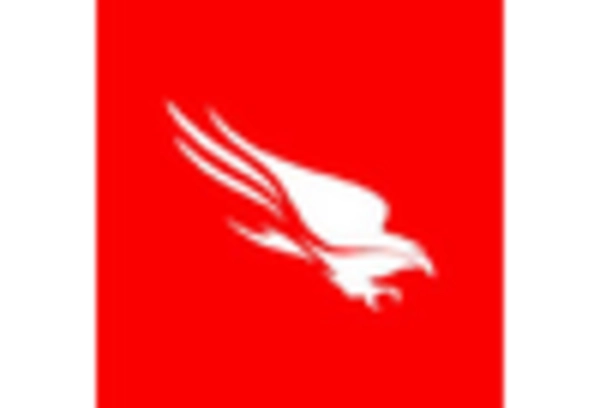
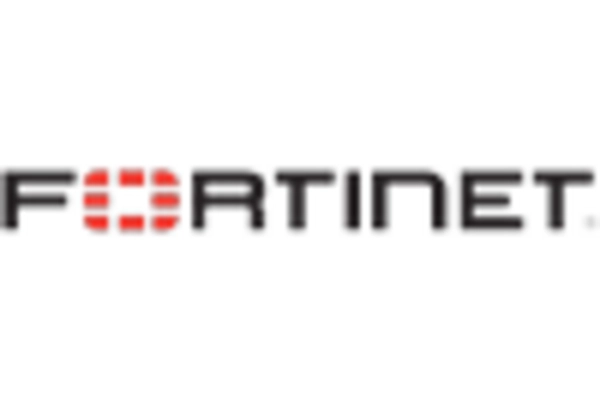
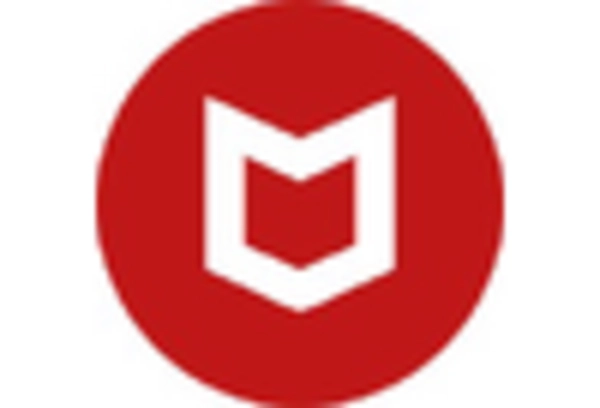
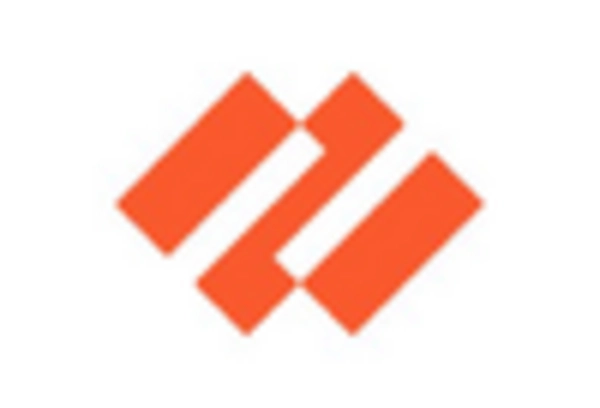








Leave a Comment